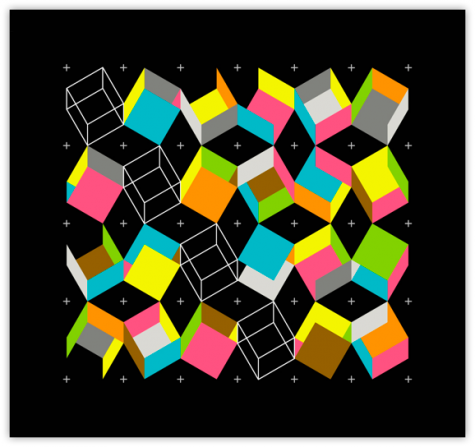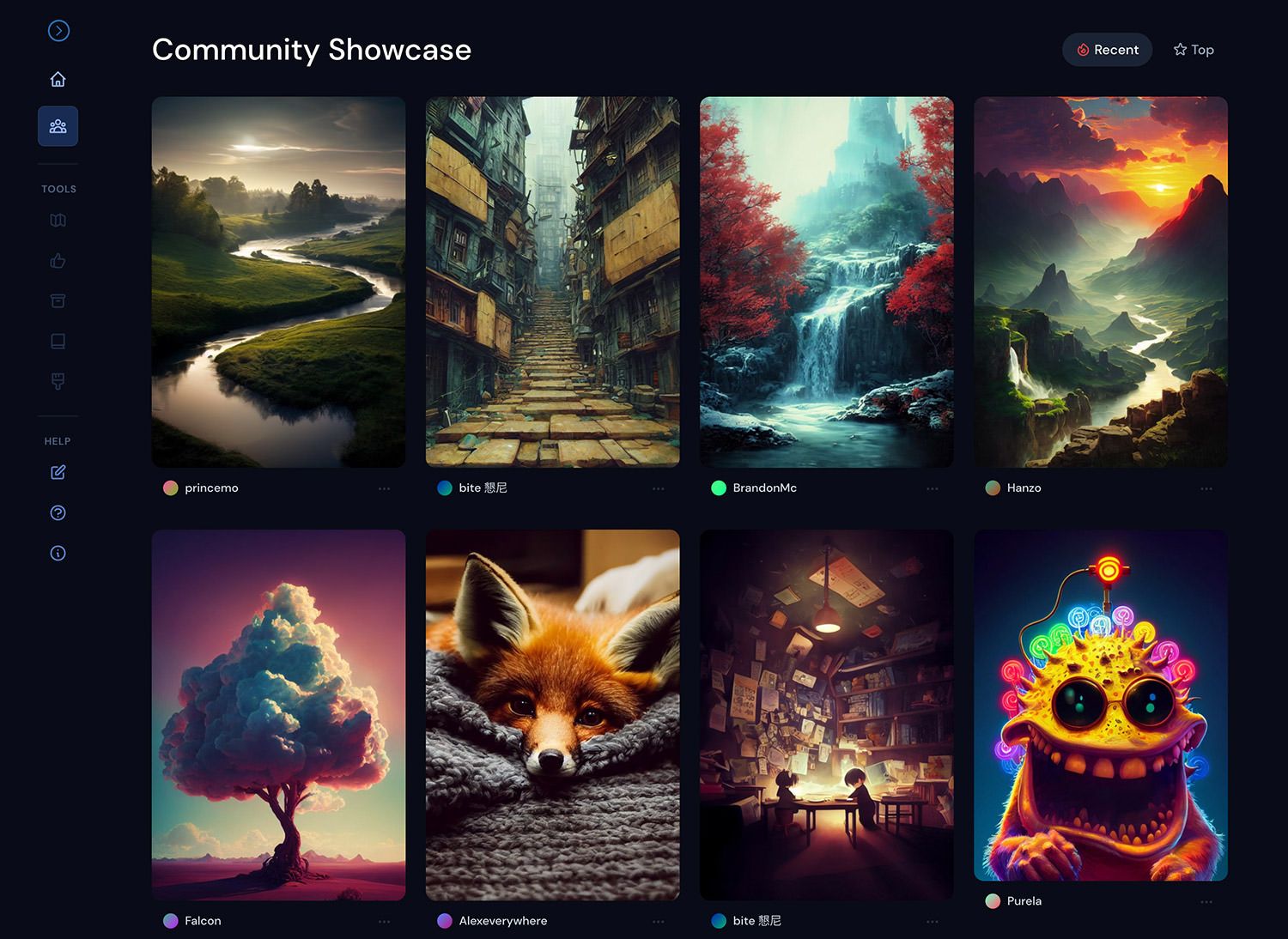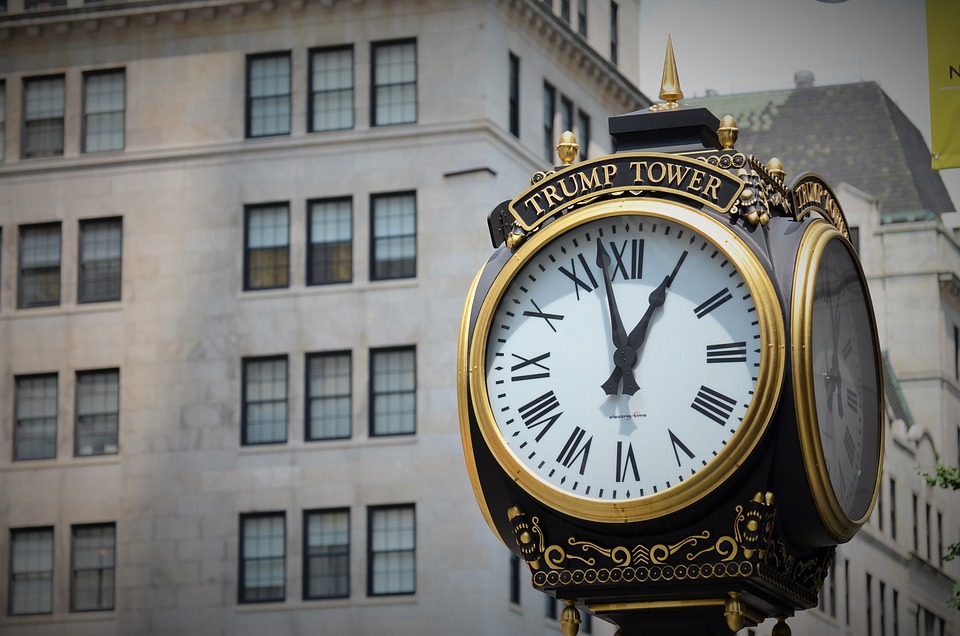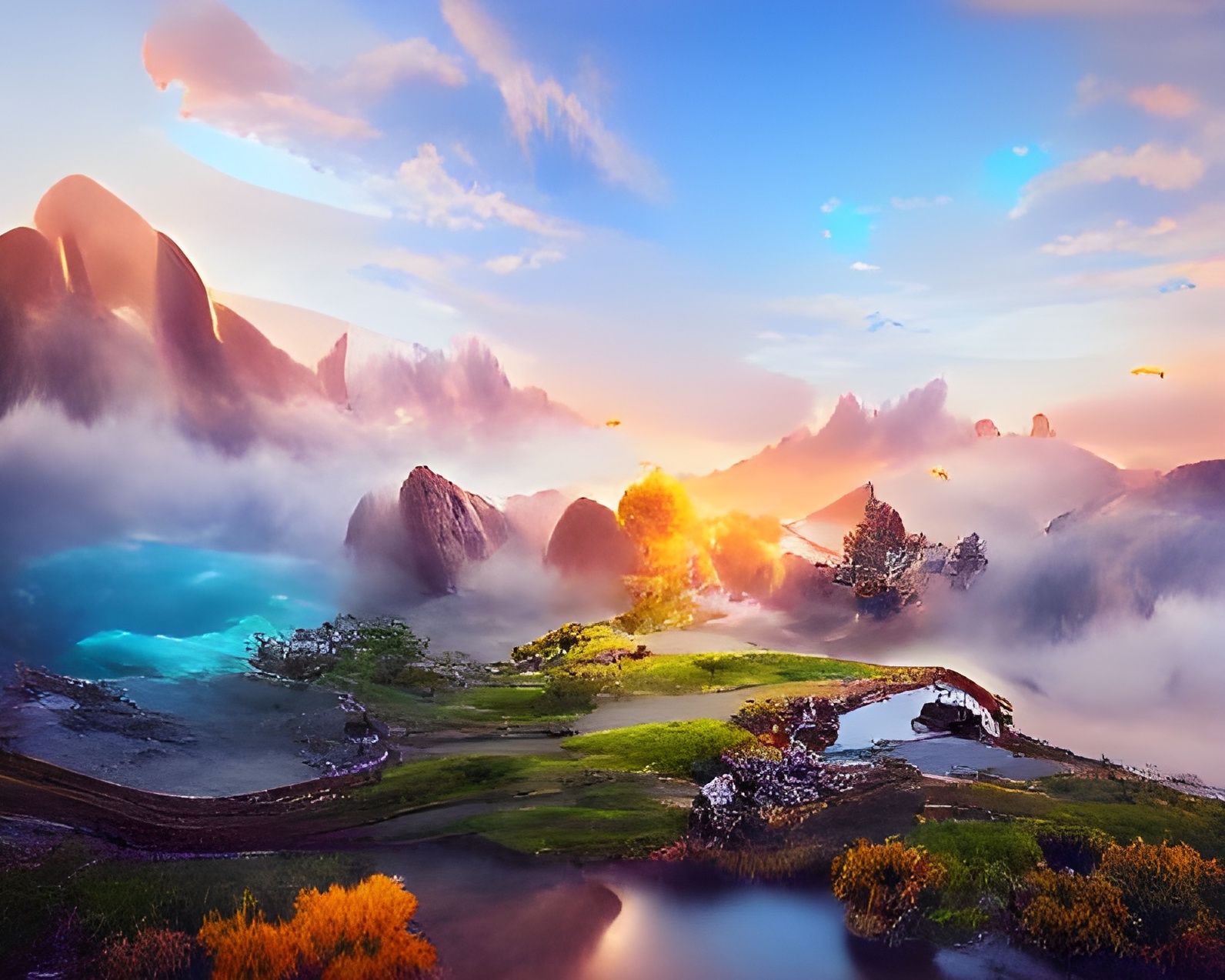In recent years, digital art has exploded in popularity and become a prominent force in the art world. With advancements in technology and the rise of social media, digital art has become more accessible and easier to create and share. This has led to a growing appreciation for digital art and its impact on modern culture.
The Evolution of Digital Art
Digital art encompasses a wide range of artistic expressions, from digital paintings and illustrations to 3D animations and virtual reality experiences. What sets digital art apart from traditional art forms is the use of digital tools and technologies to create and manipulate images and designs. This allows artists to explore new possibilities and push the boundaries of their creativity.
Advancements in software and hardware have played a significant role in the evolution of digital art. Programs like Adobe Photoshop and Illustrator have made it easier for artists to create intricate designs and realistic renderings. Meanwhile, tablets and styluses have revolutionized the way artists can interact with digital canvases, allowing for more precision and control over their work.
The Accessibility of Digital Art
One of the key factors driving the rise of digital art is its accessibility. Unlike traditional art forms that require expensive materials and specialized training, digital art can be created using a computer and software that are widely available and relatively affordable. This has democratized the art world and allowed more people to explore their creativity and share their work with a global audience.
Social media has also played a crucial role in making digital art more accessible. Platforms like Instagram and Pinterest have become popular hubs for artists to showcase their work and connect with other creators and art enthusiasts. This has created a sense of community and collaboration that has helped fuel the growth of digital art in modern culture.
The Impact of Digital Art on Modern Culture
As digital art continues to gain traction, its impact on modern culture becomes increasingly apparent. Digital art has become a powerful tool for self-expression and activism, with artists using their work to address social issues and advocate for change. This has sparked important conversations and provoked thought-provoking responses from viewers.
Furthermore, digital art has pushed the boundaries of traditional art forms and paved the way for new approaches and techniques. Artists are experimenting with virtual reality, augmented reality, and artificial intelligence to create immersive and interactive experiences that challenge our perceptions of reality and art. This constant innovation is reshaping the art world and inspiring future generations of creators.
The Future of Digital Art
As technology continues to evolve, the future of digital art looks promising. We can expect to see more collaborations between artists and technologists, leading to groundbreaking creations that blur the lines between art and science. Virtual and augmented reality will likely play a more significant role in shaping how we experience and interact with art, creating new opportunities for artists to push the boundaries of their work.
Overall, the rise of digital art in modern culture represents a shift in how we perceive and appreciate creativity. By embracing digital tools and technologies, artists are ushering in a new era of artistic expression that is reshaping the art world and inspiring audiences around the world.
Would you like to know more about the future of digital art and its impact on modern culture? Let us know in the comments below!



